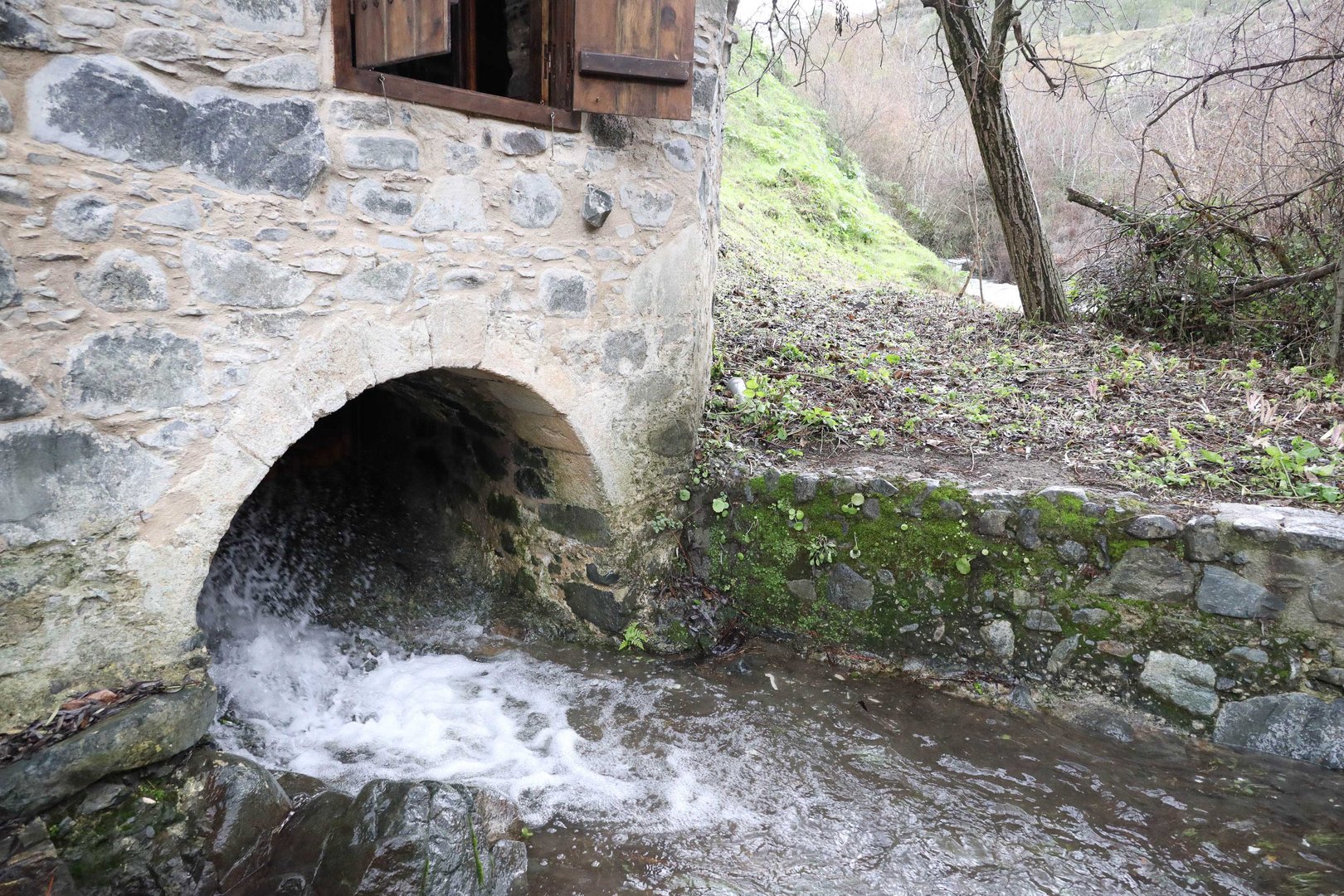Initiatives to preserve Cyprus’s watermills are in progress, propelled by a comprehensive book that documented 650 watermills throughout the entire island.
The imperative for a targeted effort is especially crucial in Larnaca, where a significant number of deteriorating watermills are located, the district officer and head of the water supply council of Larnaca, Odysseas Hadjistefanou said.
Speaking during a recent presentation of the book The Watermills of Cyprus in Larnaca, the municipal official highlighted the importance of the work, saying watermills are reminders of our history and traditions. In Cyprus, watermills were a significant feature of the landscape from the Middle Ages to the early 20th century and played a vital role in the island’s economy for centuries, mainly for grinding grains.
“When watermills cease to exist, a significant part of our history will be lost,” he noted, explaining the book’s goal is to raise awareness among the public and authorities about the need to conserve and highlight these monuments.
Several communities, as well as individuals, have already undertaken the conservation, restoration, or even reconstruction of these buildings in collaboration with the Department of Antiquities, making them accessible for visits. Hadjistefanou expressed hope for a targeted effort by the government, especially the local authorities in Larnaca, where a significant number of dilapidated watermills are located, to preserve and showcase their importance.
Out of the 650 windmills the authors have recorded, 67 of them or 11 per cent, are located in the Larnaca district, former Deputy Mayor of the city and researcher Alexis Michaelides said. He pointed out that these watermills varied in their preservation state, with some almost intact, others in ruins, or as identifiable traces.
“In Larnaca there were 4 watermills powered by the artificial river created by the ancient Larnaca aqueduct, which, with a series of burrows and pits under the water table of the Tremythos torrent, brought to the city a continuous huge flow of fresh water for water supply and irrigation in the wider area,” the researcher noted.
The book recorded the watermills that were located along each stream in Larnaca district and not strictly within its administrative boundaries. Thus, they recorded 4 watermills on the river Pouzi, 18 on the Vasilikos, 11 on the river Maronios, 10 on the Pentashinos and 26 on the Tremithos, located in 29 villages of the province and in Larnaca, at some altitude and others near the sea.
In his own speech, Larnaca’s Mayor, Andreas Vyras, commended the authors for compiling 30 years of research into one of the island’s essential cultural monuments. Their research incorporated various sources such as Cypriot press articles from the British colonial period and information gathered from the Ottoman census of 1572.
Vyras said the book transports readers to another era of the island “weaving tales and myths that accompany the watermills…in a manner that prompts us to reflect on the toils of our ancestors, from sowing fields to baking bread.”
Published in November 2022, The watermills of Cyprus (Oi neromiloi tis Kyprou) Greek language book is the result of 30 cumulative years of research by charted accountant Giannis Kypri, investment consultant Costas Economides and wine trader Christos Dimitrakopoulos.







Click here to change your cookie preferences